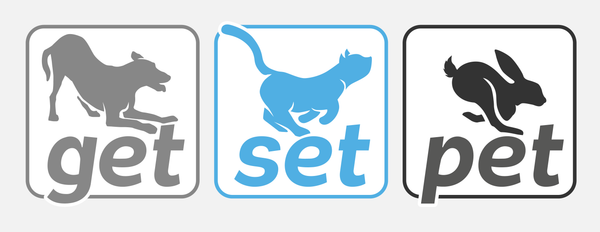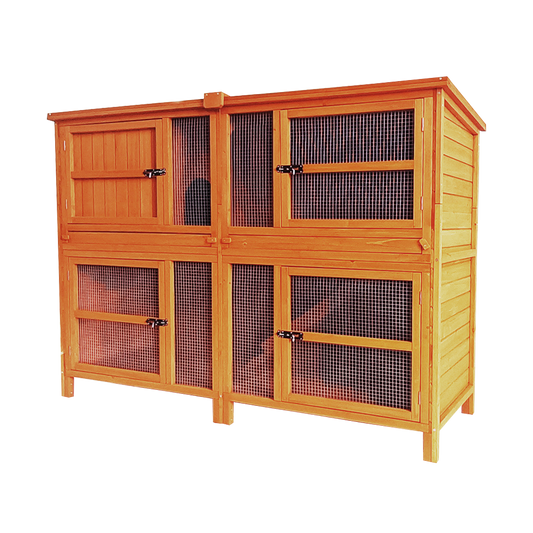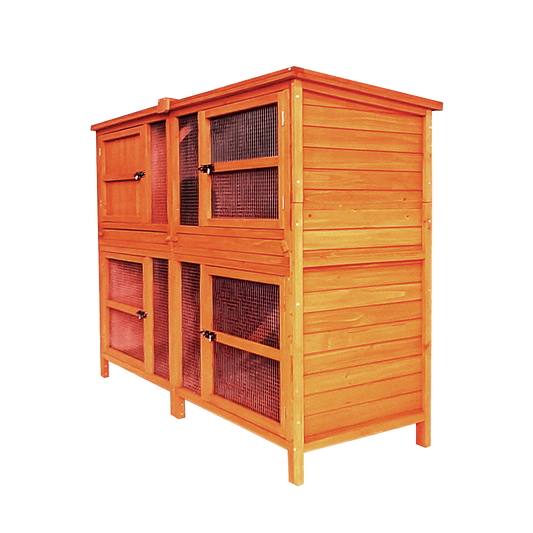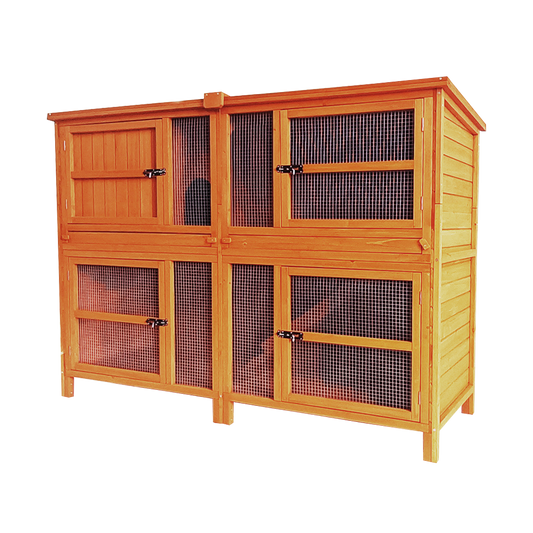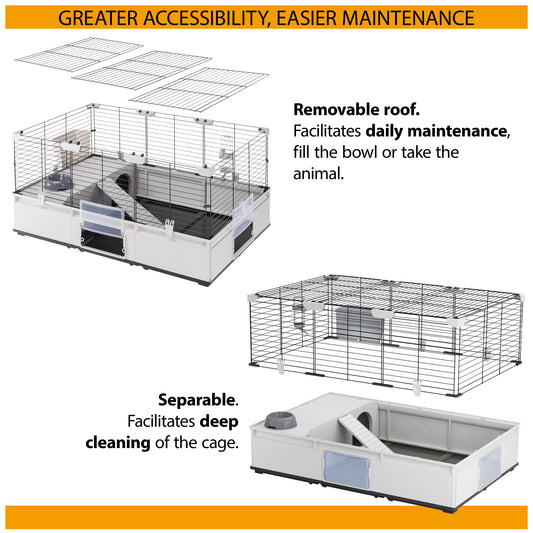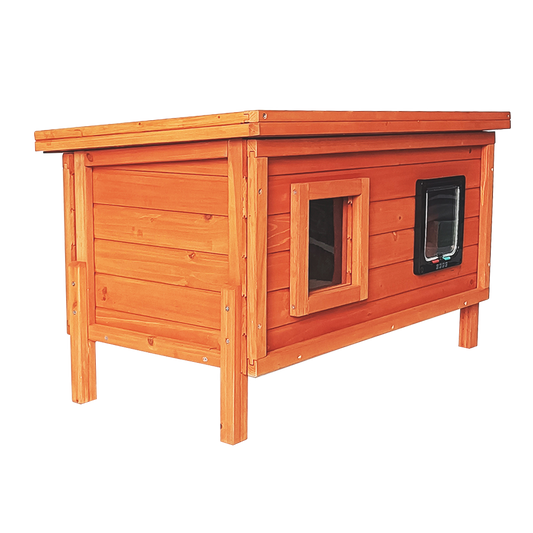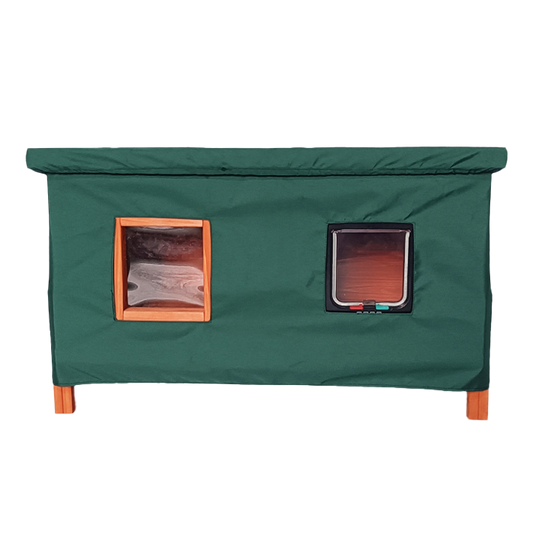Dogs do not find moving house as stressful as cats due to them being social rather than territorial animals – they are more closely bonded to their family pack than their environment. However, the upheaval is likely to be unsettling for most dogs so prior planning is important. Follow our guide to moving with your dog and your new house will soon be home sweet home for both of you.
Before the move
You are likely to be busier than usual in the run up to a house move but make sure you have enough time for your dog. Dogs thrive on routine and if this changes suddenly, they can become very unsettled. Try to keep to your pet’s exercise and mealtimes so there is as little change to their normal routine as possible.
If you are able to, introduce your dog to your new neighbourhood beforehand by walking in the area so your dog can get used to local smells. It’s a good opportunity to scope out good routes and meet other dog owners in the community.
When you are packing boxes, it can become frustrating for both of you if your pet would rather play. Puzzle feeders and boredom-busting toys are great here as they can keep your dog happy and mentally stimulated while you are busy. A Kong or Nylabone stuffed with food can provide long-lasting entertainment!
If your dog is used to staying in kennels or with a dog-sitter when you go away, you might want to book them in for a couple of days while you move. Perhaps you have friends or family that your dog knows well and would be happy to look after them for a while? This would mean that you can relax knowing your dog is safe and happy, and gives you one less thing to worry about on moving day.
If you are keeping your dog with you, it’s a good idea to designate one room for them to stay in while you empty the rest of the house. Then you don’t need to worry about the front door being left open and your dog sneaking out while your back is turned. If your dog is used to a dog crate, you could use this to keep them safe indoors.
Moving day
On the day of the move, it is a good idea to exercise your dog early so that they are more likely to be relaxed when you start moving. Settle your dog into the room you have chosen for them and give them something to do – for example, a puzzle feeder or chew toy. Put your dog’s usual bedding in this room, as well as their food and water bowls. Shut the door and put a sign on it to remind everyone that your dog is in there and that they should not open the door.
When travelling to your new home, ensure your dog is safely restrained either in the boot of a car with a dog guard, a secure dog crate or with a canine seatbelt. If you are moving far away, ensure you schedule stops so that your dog can have a drink, stretch their legs and go to the toilet.
When you get to your new house, pick a quiet room that your dog can be kept in until all of your belongings have been unloaded. Make sure you put their bedding, toys and bowls in there with them and they should soon feel at home there. Again, a sign on the door is a good idea so no one accidentally lets your dog out when the front door is open. If your dog is likely to struggle with being confined in an unfamiliar room, you could always leave the door open and fit a stairgate to it so that they can see what is going on.
After the move
Once all your furniture and boxes are unloaded, and the front door is shut, you can let your dog explore the rest of their new home. Let them have a good sniff round at their own pace.
Most dogs will quickly settle into a new home but some will take a little longer. Sticking to your usual routine as much as possible will help with this. If your dog is particularly nervous, you could try using a plug-in diffuser or spray. These are available as herbal diffusers or synthetic versions of a natural scent given off by a nursing bitch to calm her pups, and can help older dogs with anxiety.
If you have a garden, you should make sure that it is well-fenced and secure before letting your dog out to explore off-lead. Also look for any hazards that might be lurking in your garden, such as toxic plants, compost, chemicals like weedkillers, or broken glass.
Take your dog to the area that you’d like them to use as a toilet and praise them when they go. They’ll soon get the message!
Don’t forget!
In all the admin that comes with moving house, don’t forget there are some very important changes that need to be made regarding your pet. If you are moving to a new area you will need to register with a vet as soon as possible and inform your pet insurance provider of your change of address.
Most importantly, remember to change the contact details relating to your pet’s microchip and get them a new ID tag for their collar. Sadly, some dogs that go missing can never be reunited with their owners due to out-of-date contact details being held by microchip databases.
Shop All Dog
If you enjoyed this article, have a look at:
